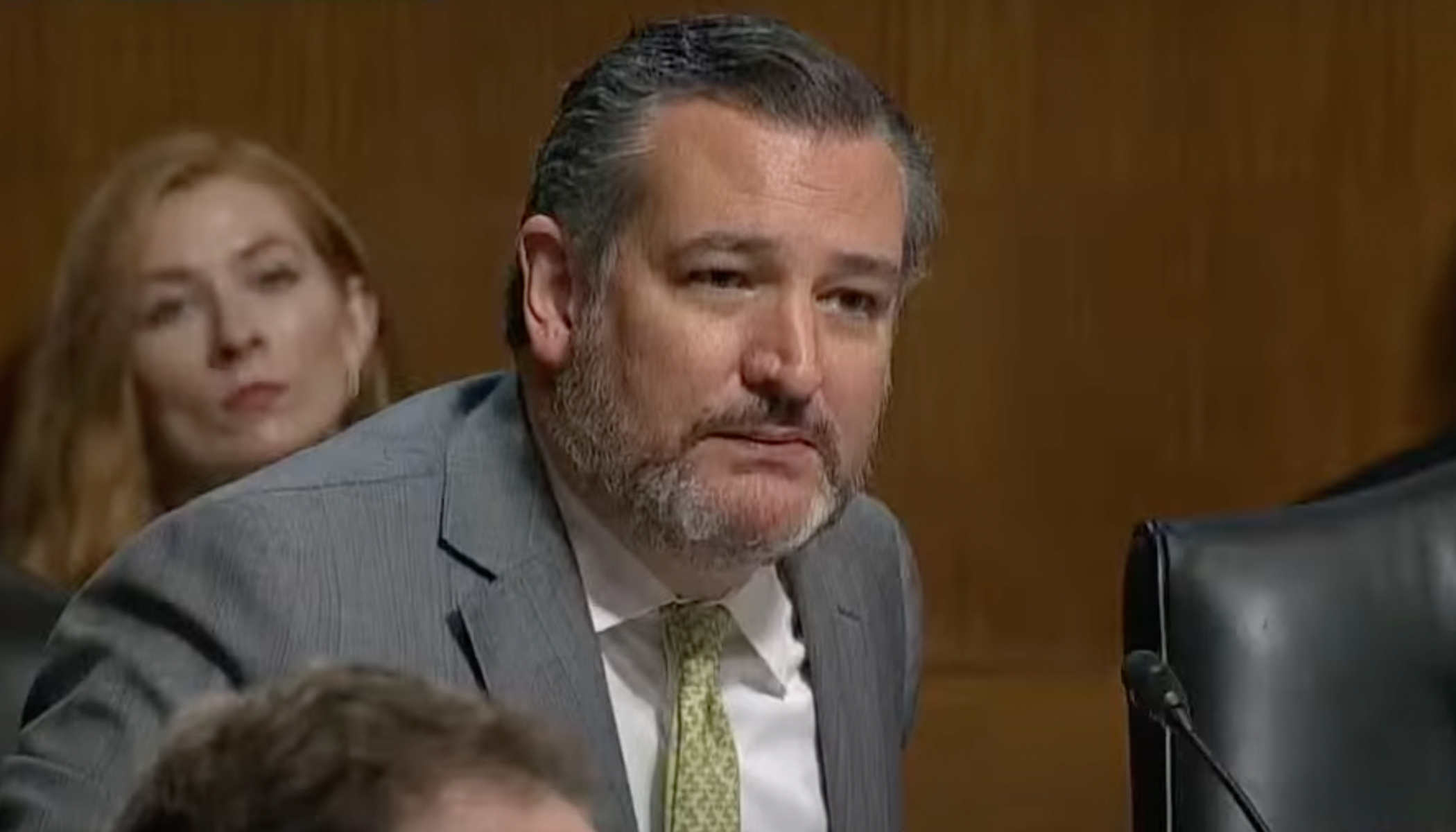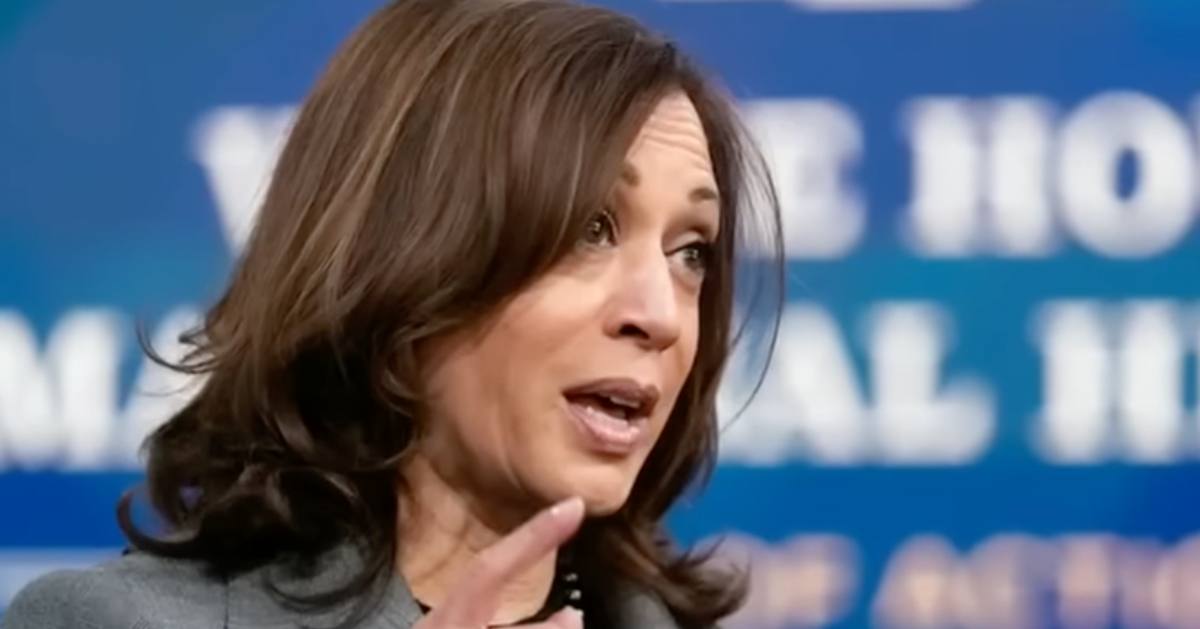Exclusive: Biden's Energy Conservation Plan Criticized Amid $5 Billion Annual Cost
As the Biden administration pushes forward with its ambitious net-zero emissions strategy, a backlash over the costs and effectiveness of maintaining underused federal buildings has surfaced.
The administration's efforts to balance environmental goals with fiscal responsibility are under fire, particularly over the $5 billion annual expense on empty offices, Daily Mail reported.
Biden's Net-Zero Emission Goals and Federal Buildings
In a move to address climate change, Energy Secretary Jennifer Granholm recently announced a ban on on-site fossil fuel use in federal buildings. This rule aligns with the Biden administration's broader target of achieving net-zero emissions from governmental structures.
Granholm emphasized that this initiative is part of a larger commitment to reduce energy consumption across the nation. The government aims to lead by example, promoting sustainable practices that mirror the administration's environmental objectives.
Criticism from Senator Joni Ernst
However, this policy has not been without its critics. Senator Joni Ernst has been particularly vocal, arguing that the administration's policy results in inefficiency and wasteful spending due to the low occupancy of these buildings.
Ernst highlighted the contradiction in spending large amounts on retrofitting buildings that are barely used. She describes federal buildings in Washington, D.C., as "ghost towns," with some departments like HUD, SSA, and SBA operating at as low as 10% capacity.
Low Occupancy and High Costs
The Government Accountability Office corroborates Ernst's claim, noting that no federal department has more than 50% occupancy in their main offices. This underutilization contributes significantly to the operational costs, which include over $2 billion spent annually just on maintenance.
Further scrutiny comes from the Public Building Reform Board, which pointed out that the Department of Energy’s headquarters in D.C. has an average daily attendance of merely eight people. These buildings, while nearly empty, continue to accrue high costs in terms of both money and carbon emissions.
The Debate Over Energy Savings and Expenditure
Granholm defends the administration’s strategy, asserting, "The Biden-Harris Administration is practicing what we preach," regarding their approach to energy conservation.
Ernst responded sharply in a letter to Granholm, critiquing the policy's practicality: "If the administration is serious about practicing what it preaches on energy conservation, instead of spending more money, you could instead stop paying to heat, cool, light, and operate the ghost town of vacant buildings all around Washington, D.C.," she wrote.
Political Implications of Energy Policies
Ernst further accuses the administration of disguising new spending as environmental initiatives. She argues that such actions resemble a "Green New Deal jobs program" more than a genuine attempt at energy conservation.
"Camouflaging new government spending in green doesn’t save money or energy," Ernst commented, highlighting a perceived mismatch between the administration's stated goals and their practical implementation.
Proposals for Cost Reduction
Ernst suggests an alternative approach to achieve real savings and environmental benefits. "You can go green without going in the red by reducing the size of unused and unnecessary government buildings," she argued in her letter.
She concludes, advocating for a more pragmatic version of the Green New Deal that focuses on reducing government waste: "Now that’s the real green new deal for taxpayers," she said.
Conclusion: A Balancing Act of Policy and Practicality
The ongoing debate highlights a critical challenge in policy implementation: aligning lofty environmental goals with the pragmatic realities of government operations. As the administration continues to promote its energy-saving measures, the effectiveness and fiscal prudence of these policies remain under intense scrutiny.
This discussion not only questions the financial implications of such policies but also tests the administration's ability to enact meaningful change without exacerbating government spending.






